Introduction
Glovraille is a braille keyboard in form of a glove, the user can wear the glove a start to type in braille with ease. This the third version (version 1 and 2) which uses an ESP32 board to enable using it as a Bluetooth keyboard with different devices (pc, phone or tablet) .
Concept
The concept is very simple, as shown in the figure below, the user will type a character using the selector and the character zone, when the user finish typing the character, he can confirm whether it is a number or character using one of the options in the fourth finger(ring finger) , the character is then sent to the connected device (computer, phone or other compatible device) after confirmation. The user can also send space, delete, enter or correct.
The glovraille consists of 10 pads, 6 for character input, 3 for different options and one pad as a selector. The role of each pad is as follow:
- pad GND : the selector ( connected to GND pin of the Arduino)
- pads from 0 to 5 : character zone, this pads will construct the character
- pad 6: When this pad is selected using the selector, if the user already taped a character, it will confirm the character and sent it to the connected device. Otherwise, if the user did not enter any character, this will send a space to the device.
- pad 7: When this pad is selected using the selector, if the user already taped a character, it will confirm the number and sent it to the connected device, else, if no character is typed, the Backspace character is sent.
- pad 8: When this pad is selected using the selector, if the user already taped a character, it will correct the character, in other words, this action will clear the character buffer and does not send anything to the connected device. Otherwise, if the user did not enter any character, this will send a return character to the device.
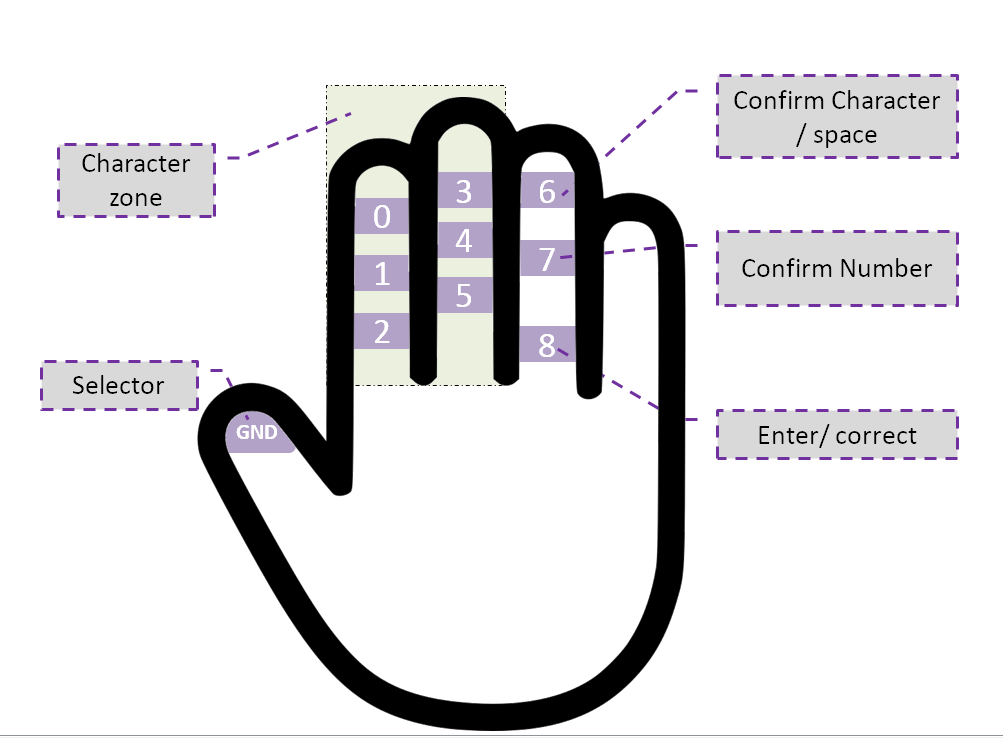
Instruction on how to build this project can be found in the project github repository and also in the logs of this project.
The videos below shows the prototype in action:
I will update the project with the needed instructions and file in order to build such a device (The code is now kinda messy, it's a midnight project). Also I will add more details on how it works and the alphabet that functionality of each glove finger. The video below is a proof of concept of the project idea.
 Nait Malek Youssef
Nait Malek Youssef
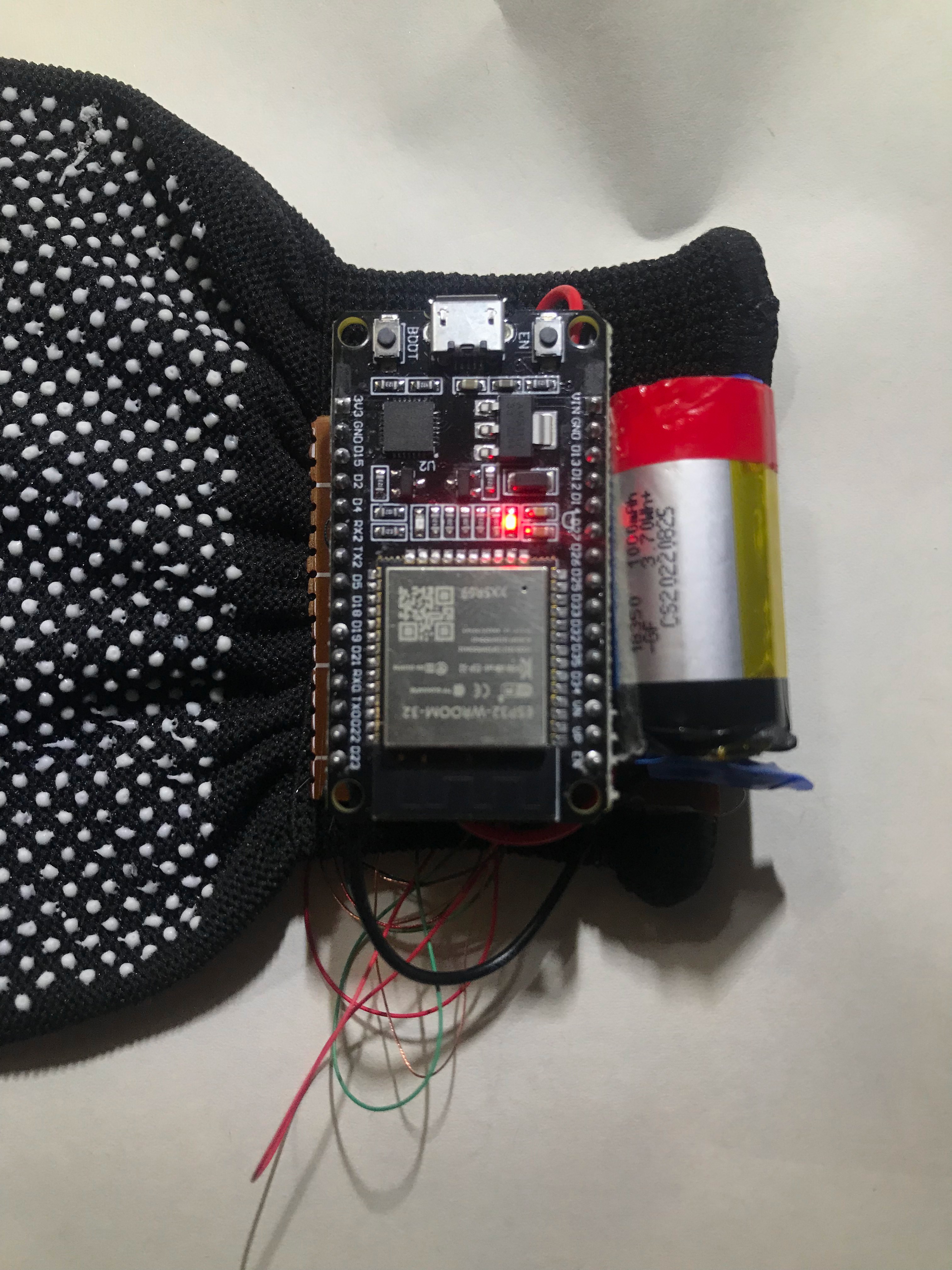

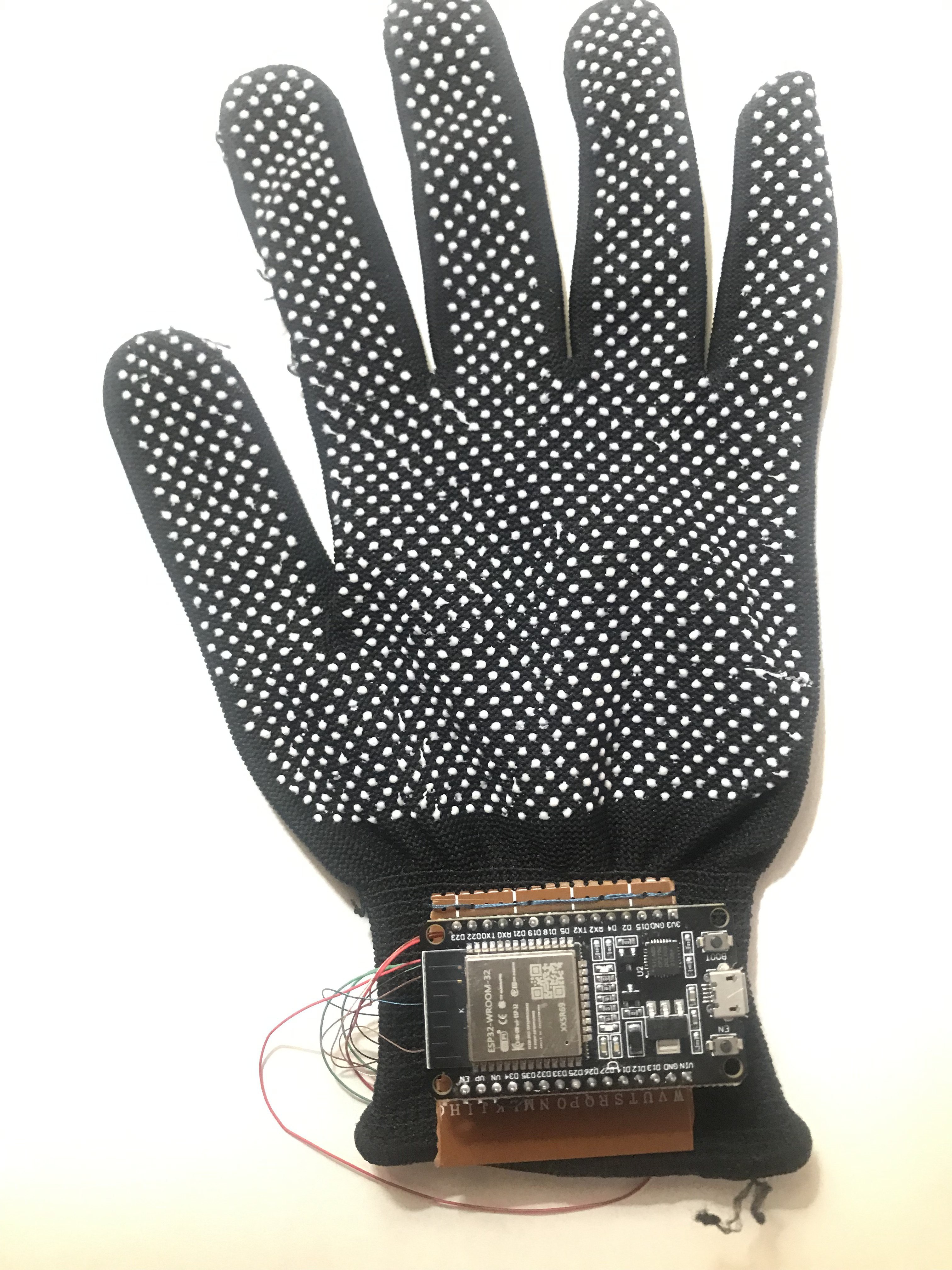
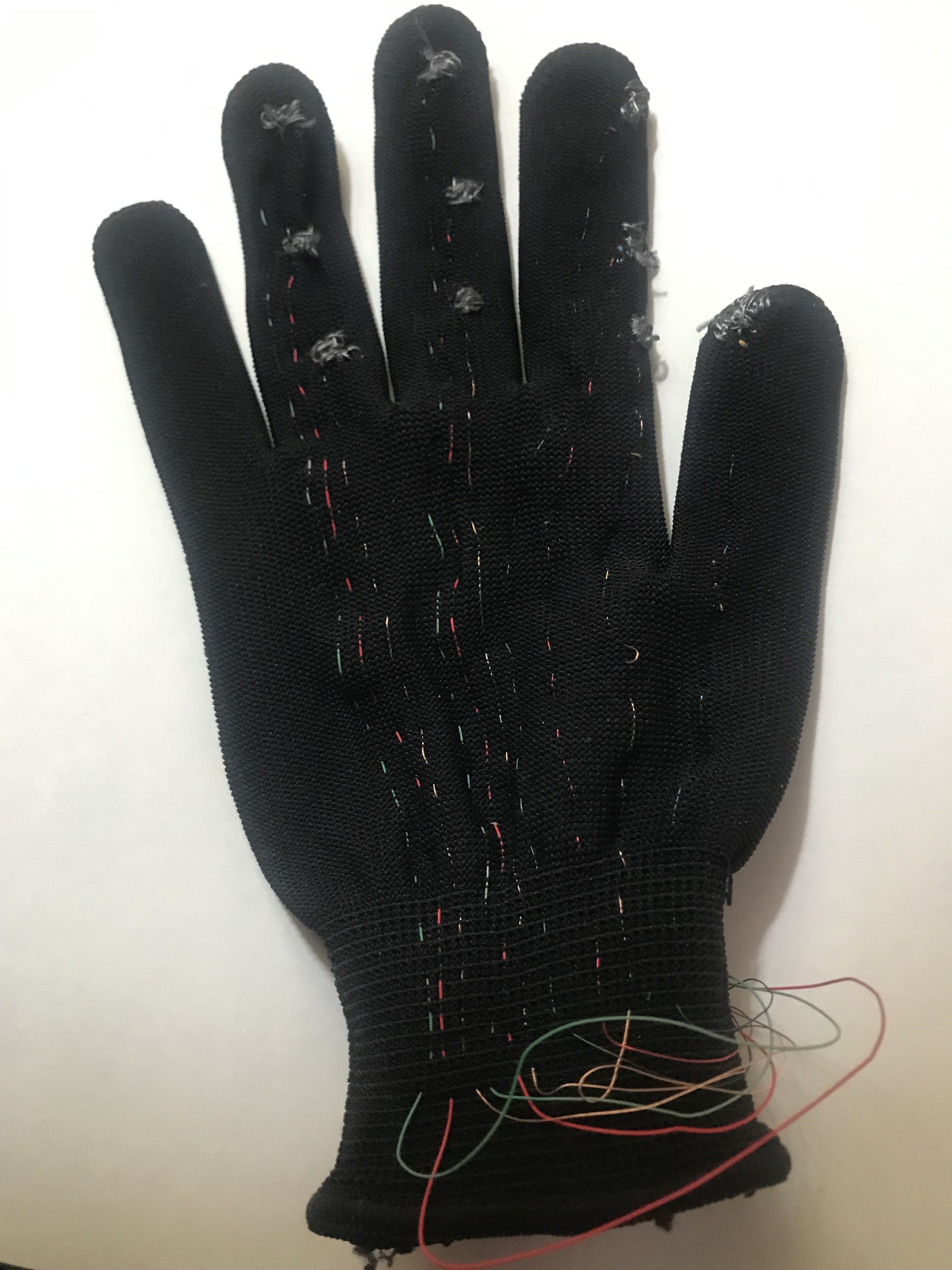
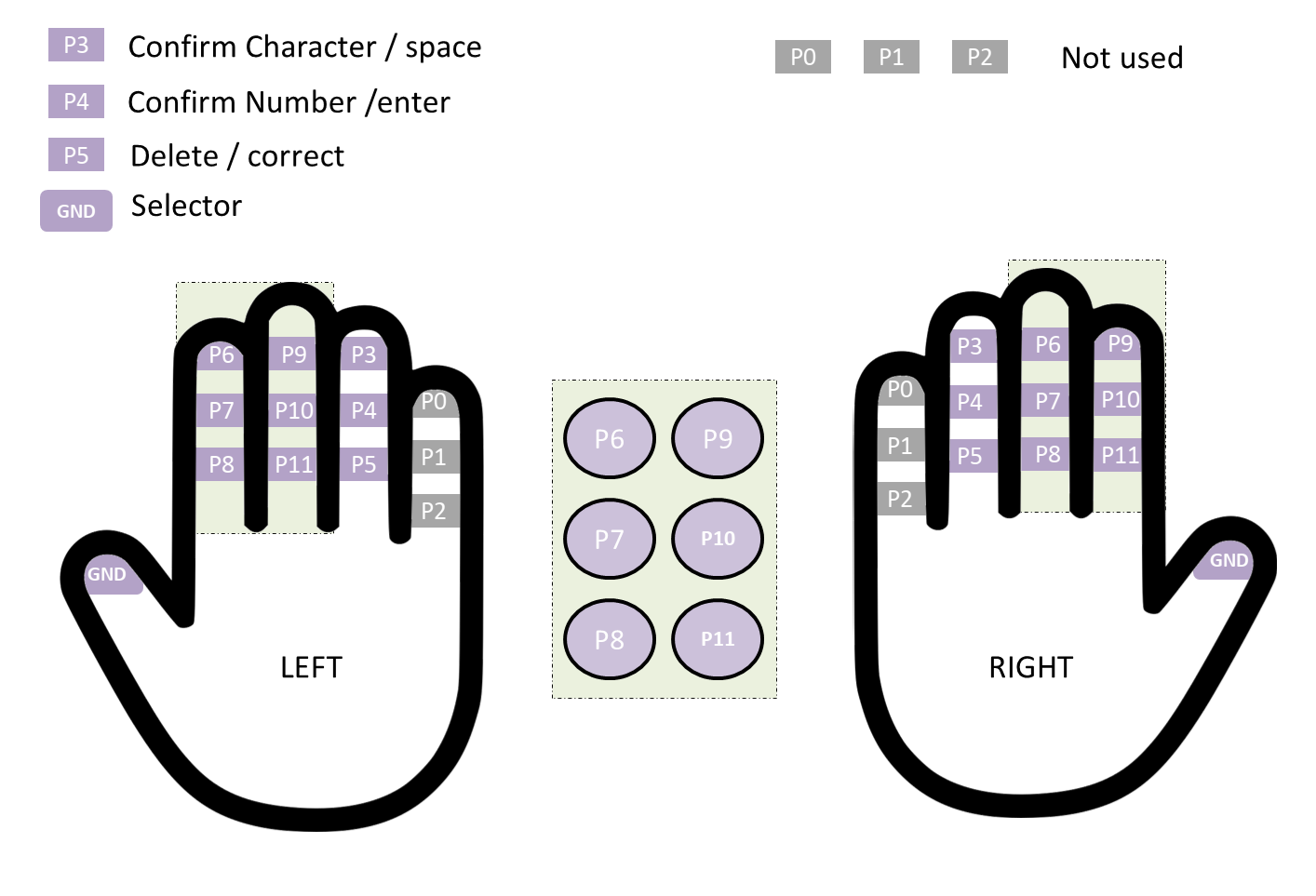


 mikeneiderhauser
mikeneiderhauser
 _henry
_henry
 Edgar
Edgar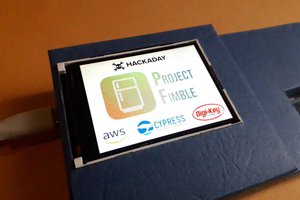
 zst123
zst123
Gloves of this type wear rapidly. Something stronger and long-life would be preferred.